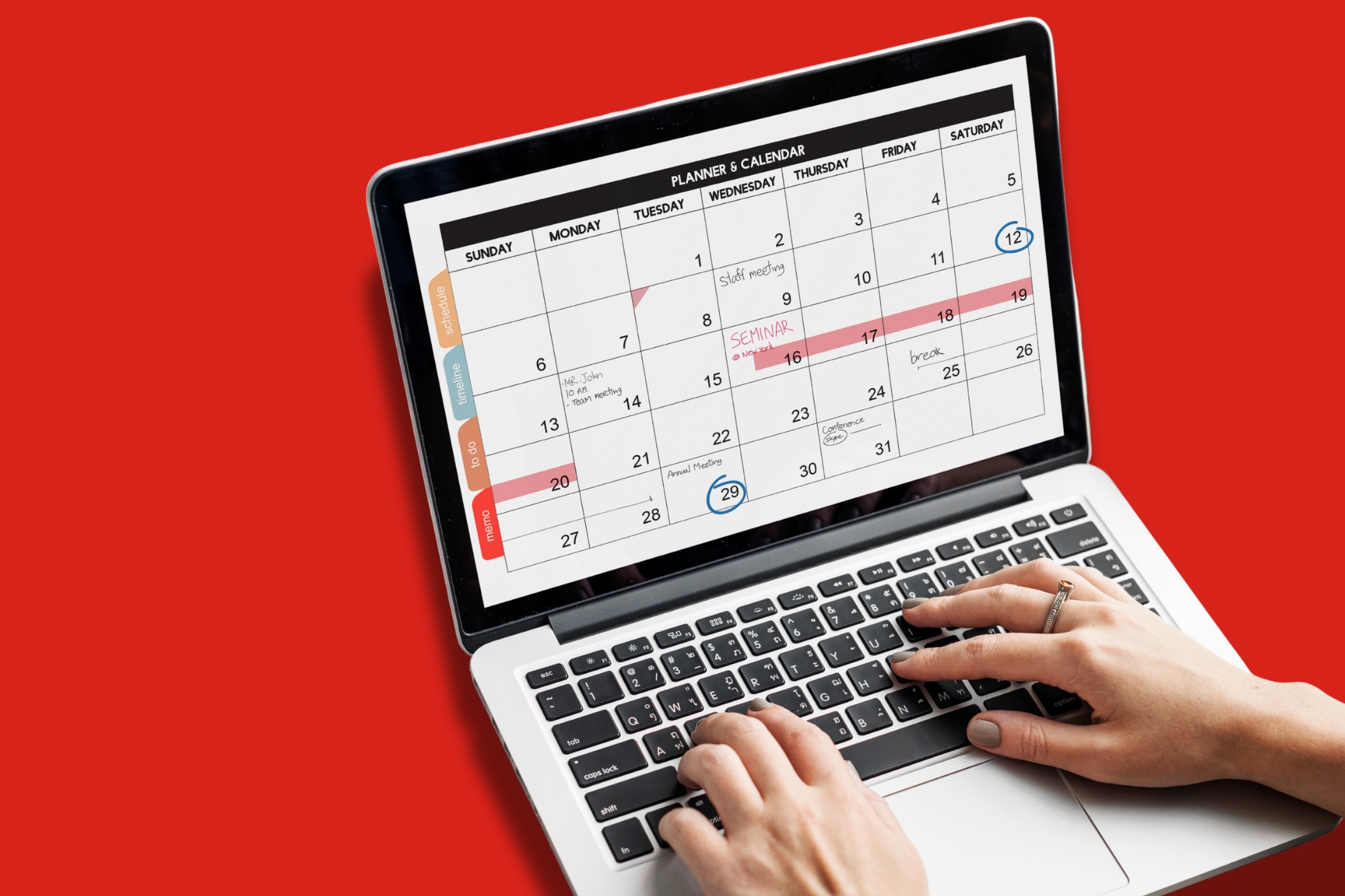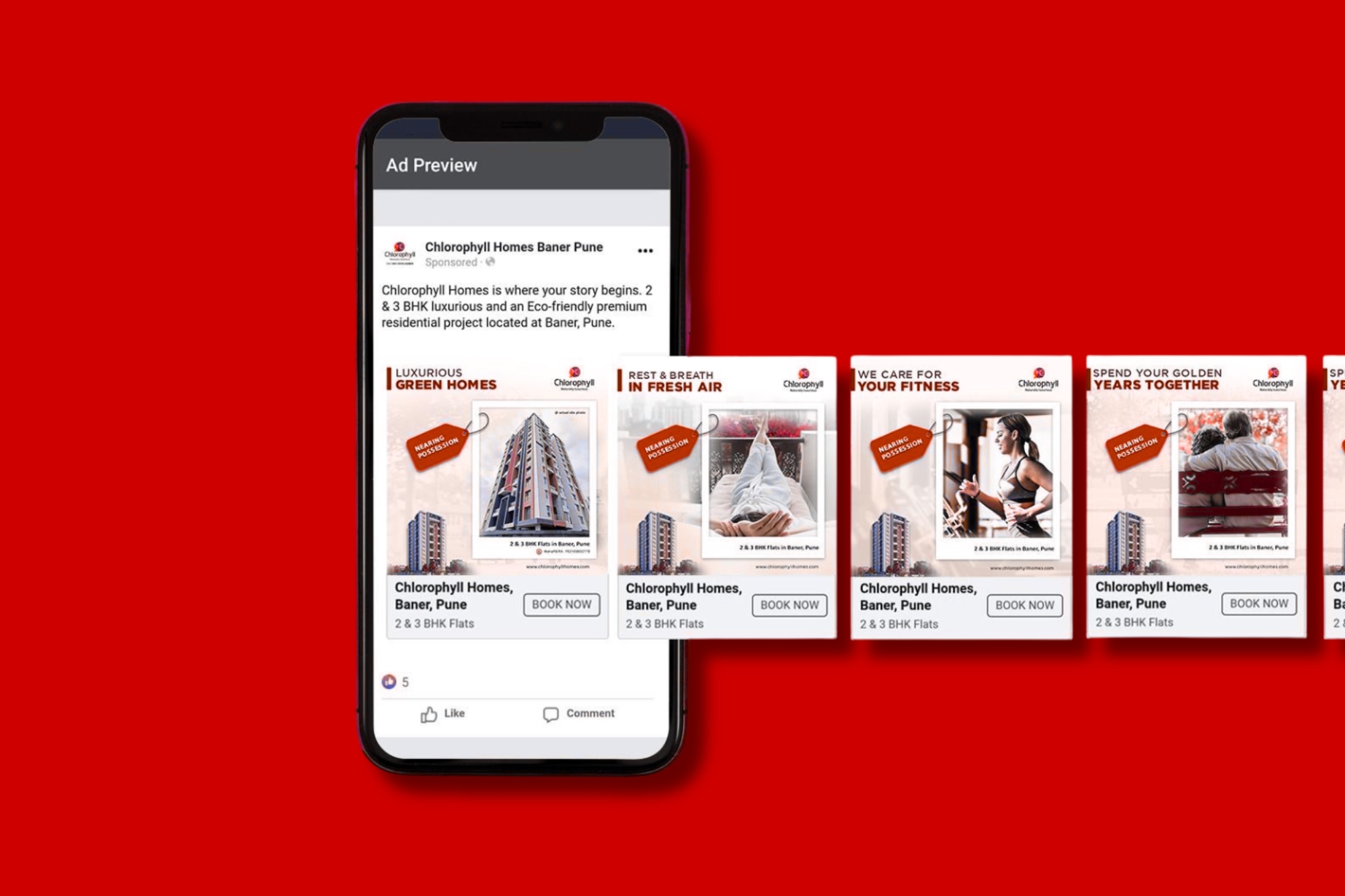How to Create a Social Media Content Calendar That Works
If you’re managing a brand or growing a business online, chances are you’ve felt the stress of figuring out what to post next on social media. A social media content calendar isn’t just a planning tool — it’s a lifesaver for consistency, creativity, and clarity.
Whether you’re a solo entrepreneur or part of a larger marketing team, a well-structured content calendar helps you stay on track, organize campaigns, and keep your audience engaged — without last-minute panic.
Why You Need a Social Media Content Calendar
A content calendar helps you:
- Plan content in advance and align it with business goals
- Maintain posting consistency across platforms
- Save time and reduce decision fatigue
- Ensure content variety (educational, promotional, entertaining)
- Track performance and improve strategy over time
It’s not just about “posting every day.” It’s about posting with purpose.
How to Create a Social Media Content Calendar
1. Define Your Goals
What do you want to achieve from your social media content?
- Drive traffic to your website?
- Increase brand awareness?
- Boost product sales?
- Engage your community?
Your goals will guide the tone, content type, and platform selection.
Tip: Use SMART goals — specific, measurable, achievable, relevant, and time-bound.
2. Know Your Audience
Before creating content, understand who you’re speaking to. What do they care about? What content do they interact with most?
Create simple audience personas and tailor your messaging to their needs and preferences.
3. Pick the Right Platforms
Don’t try to be everywhere. Choose platforms where your audience is active:
- Instagram and TikTok for visual and lifestyle brands
- Facebook for community and updates
- LinkedIn for professional insights
- YouTube for long-form video content
4. Choose Content Themes
Plan around 3–5 content pillars that represent your brand. Examples:
- Educational tips
- Behind-the-scenes
- Customer testimonials
- Product highlights
- Trending industry news
This ensures a healthy content mix and prevents repetition.
5. Map Out the Calendar
Start with a simple spreadsheet or use tools like Trello, Notion, or social media schedulers (like Buffer or Later). Include:
- Post date and time
- Platform
- Content format (image, video, carousel, reel, etc.)
- Caption or script
- Hashtags or tags
- Assigned team member (if applicable)
Tip: Batch your content creation weekly or monthly to save time.
6. Schedule and Automate
Use scheduling tools to automate your posts, so you can stay consistent without being online 24/7.
Popular tools:
- Buffer
- Later
- Hootsuite
- Meta Business Suite (for Facebook & Instagram)
7. Track and Improve
Regularly review what content performs best and refine your strategy. Track metrics like:
- Engagement rate
- Reach and impressions
- Click-throughs
- Saves and shares
Analytics tell you what’s working — and what needs adjustment.
Final Thoughts
Creating a social media content calendar isn’t just for big brands — it’s for anyone who wants to show up consistently and meaningfully online. With a clear plan and the right tools, you’ll turn chaos into clarity and keep your social media moving forward with intention.
Start small, stay consistent, and remember — strategy beats spontaneity every time.




